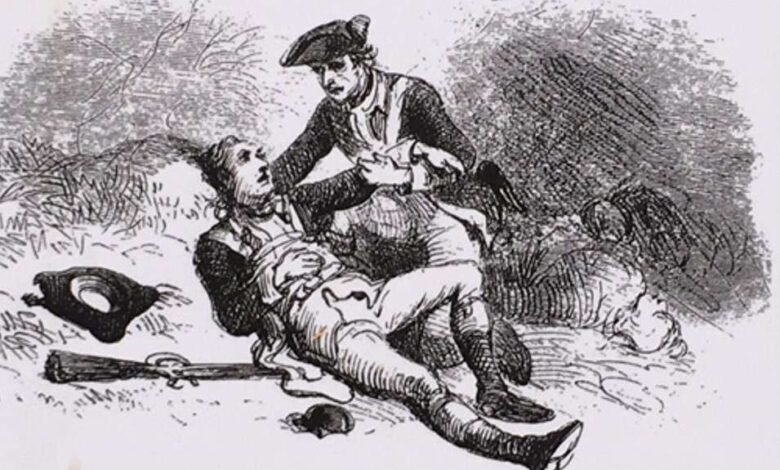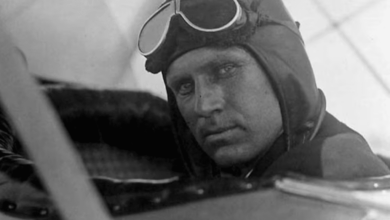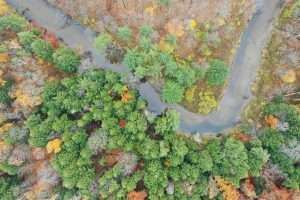The Minisink Battlefield Death of Dr. Benjamin Tusten in 1779


 He was born in Southold, Long Island on December 11, 1743, and moved with his family to the banks of the Otterkill near Goshen just three years later. His father, a Colonel in the New York State Militia and a judge, wanted him to be farmer, but as he grew older it became apparent he was destined for other things, and he was sent off to study Latin and Greek and mathematics, eventually deciding on a career in medicine.
He was born in Southold, Long Island on December 11, 1743, and moved with his family to the banks of the Otterkill near Goshen just three years later. His father, a Colonel in the New York State Militia and a judge, wanted him to be farmer, but as he grew older it became apparent he was destined for other things, and he was sent off to study Latin and Greek and mathematics, eventually deciding on a career in medicine.
He was Dr. Benjamin Tusten, Jr., and he was killed while attending to the wounded at the Battle of Minisink on July 22, 1779, after having forsaken a chance to save himself.
As the American War of Independence approached, Tusten was a young doctor in the largely agrarian community of Goshen, struggling to compete with three older, more established practitioners in the town.
He was known as “mild, modest and unassuming in his manners, pleasant to his patients, and affable with all,” and used his superior knowledge and skill in surgery to provide himself an advantage over his fellow physicians.
He also became an active and vocal supporter of the quest for liberty, and while once deemed too physically weak and fragile of health to become a farmer, became vigorous enough to join the militia.
In 1822, one of Tusten’s biographers, Doctor David Arnell, wrote that by “riding and exercise he had become more healthy; active and enterprising, he had gained the confidence of his countrymen. In 1777, he was appointed Lieutenant Colonel of the Goshen Regiment of Militia, under General Allison [Richard Allison (1757 – 1816) who served as Physician General of the U.S. Army from 1792 to 1796, the position which became Surgeon General], and in 1778, he was appointed a Surrogate of Orange County, which office he held at the time of his death.”
The day after a devastating raid on the settlement at Pienpack (near present day Port Jervis) by Joseph Brant and his band of Tory Loyalists and Native Americans in October of 1778, Tusten wrote to George Washington asking for the Continental Army’s protection for the settlements along the frontier.
“The few Militia in these parts have turned out with tolerable Spirit, but give me leave to assure Your Excellency that we are very weak, as every Regiment in this County except one have Marched into the Jersey,” Tusten wrote.
But Washington’s army was spread too thin to lend much support to the untrained militia, and Brant and his men continued to terrorize the settlements. After one such raid on the settlement at Minisink on July 20, 1779, Tusten and his men pursued the marauders northward as they fled with their bounty.
Against Tusten’s better judgement — he had advised his men that engaging Brant in battle was not prudent — the militia met the enemy on a desolate hilltop just north of present day Barryville in a daylong battle that ended very badly for the Americans.

 Not only did 46 militia lose their lives that day, but their remains were left on the battleground for 43 years before an attempt was made to retrieve them.
Not only did 46 militia lose their lives that day, but their remains were left on the battleground for 43 years before an attempt was made to retrieve them.
Despite the best intentions of the people of Goshen, who turned out in great numbers for a ceremonial interment of the few hundred bones that were recovered, Dr. Tusten and his fellow soldiers were never accorded a proper burial.
In addition to the militia men from Goshen and Warwick and Sussex, New Jersey, there were residents from the Cushetunk settlement – just to the north of the battleground – who lost their lives at Minisink. In fact, Bezaleel Tyler, from one of the founding families of Cushetunk, was the first man to fall in the battle.
Illustrations: An artist’s depiction of Dr. Benjamin Tusten treating a fellow militiaman at the Battle of Minisink on July 22, 1779; and the Battle of Minisink Monument at the Minisink Battleground County Park in Sullivan County (Photo by Charles Fulton).
Source link




